
photo: Match Book #1. ©Graeme Mitchell 2008.
Came by a book of Saul Leiter’s work in the painting section (very fitting as it happens) of a book store, which had some gorgeous work that actually made me think of Ghirri. I think it is safe to name Leiter as part of the 40s-50s New York School (Louis Faurer, Weegee, Robert Frank, etc), and if is so he’s the only one I’m aware of that shot in color. Beautifully, I might add. (A decade pre-Eggleston too).

photo: Lanesville, 1958. ©Saul Leiter.

photo: Reflection, New York, 1958. ©Saul Leiter.
My friend, Benjamin pointed out that this blog turned two years old today. So happy birthday, site. If you click on the categories nyc journal, family, or inspiration, I’ll think you’ll quickly recognize what’s kept this thing going; that is: a love for learning and sharing; there’s never been any motivation or strategy beyond that, and I hope to keep it that way.
And a random pic, b/c a post isn’t a post w/o a picture.

photo: © Graeme Mitchell 2007
I came by this incredible apocalyptic (chic right now) sci-fi (ditto) film, La Jetée, over at Amy Stein’s blog.
To say this short film is visually remarkable is a remarkable understatement. And further, the minimal creativity of it will make you long for a time when work like this was conceived, let alone completed. It’s at once brilliant and beautiful, which are two things not easy to couple. Needless to say, it got into my head b/c I’ve never really seen anything like it.
But watch it for yourself, here in 3 parts. It might be one of the best half hours of your week.
Part 1:
Part 2:
Part 3:
(Amy also mentioned on her blog that there is a book version of La Jetée‘s images with the narrative as text by MIT press (here). My notion is that it’d be excellent.)
(Also, it occurred to me by the end that this short was the inspiration for 12 Monkeys.)
(And while we’re on the video blitz of gloom. T.S. Eliot’s great poem “The Hollow Men” as recited by Marlon Brando (playing Kurtz in Apocolypse Now (Redux version), which makes sense, b/c one of Eliot’s main inspirations for “Hollow Men” was Conrad’s The Heart of Darkness, which as you know was the basis of Apocalypse Now. The film does leave out the opening line of Eliot’s poem, “Mistah Kurtz – he dead”):
“This is the way the world ends
This is the way the world ends
This is the way the world ends
Not with a bang but with a whimper”
-final stanza of “The Hollow Men”
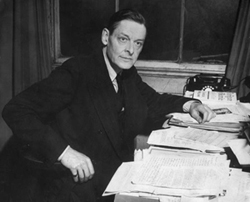
photo: T.S. Eliot at his desk, Jan 18, 1944. ©Bob Landry/Life Images.
…)
And it comes full circle, B/c the French film maker Chris Marker who did La Jetée also did a multimedia installation on Eliot’s “Hollow Men” titled OWLS AT NOON Prelude: The Hollow Men. I’ve not seen it nor can I find it.
A passage from Lowry’s heartbreaking and destitute and beautiful novel that drifts from sober fogs to drunken moments of incredible clarity:
……Night: and once again, the nightly grapple with death the room shaking with daemonic orchestras, the snatches of fearful sleep, the voices outside the window, my name being continually repeated with scorn by imaginary parties arriving, the dark spinets. As if there were not enough real noises in these nights the color of grey hair. Not like the rending tumult of American cities, the noise of unbandaging of great giants in agony. But the howling pariah dogs, the cocks that herald dawn all night, the drumming, the moaning that will be found later white plumage huddled on telegraph wires in back gardens or fowl roosting in apple trees, the eternal sorrow that never sleeps of great Mexico. For myself I like to take my sorrow into the shadow of old monestaries, my guilt into cloisters, and under tapestries, and into the misericordes of unimaginable cantinas where sad-faced potters and legless beggars drink at dawn, whose cold jonquil beauty on rediscovers in death. So that when you left Yvonne, I went to Oaxaca. There is no sadder word. Shall I tell you, Yvonne, of the terrible journey there through the desert over narrow gauge railway on the rack of the third class carriage bench, the child whose life its mother and I saved by rubbing its belly with tequila out of my bottle, or of how, when I went to my room in the hotel where we once were happy, the noise of slaughtering below in the kitchen drove me out into the glare of the street, and later, that night, there was a vulture sitting in the washbasin? Horrors portioned to a giant nerve! No, my secrets are of the grave and must be kept. And this is how I sometimes think of myself, as a great explorer who has discovered some extraordinary land from which he can never return to give his knowledge to the world: but the name of the land is hell.
-from Under the Volcano, by Malcolm Lowry.
Children’s book author, Katie Van Camp.

photo: Katie Van Camp, NYC, 2008. ©Graeme Mitchell.
This is a new series that I’m titling artifacts (no, changed my mind) Remnants for the time being.  The idea behind these is correlated to NYC Journal. While out shooting on the street I’d become interested in, well, garbage I guess.
I might end up being in the shadow of Penn and his “cigarette butts,” but I aim, probably superciliously, to climb upon his shoulders.
We’ll see.

photo: Cigarette Box #1. ©Graeme Mitchell 2008.
“Gratitude bestows reverence, allowing us to encounter everyday epiphanies, those transcendent moments of awe that change forever how we experience life and the world.” -John Milton

photo: ©Graeme Mitchell 2008.
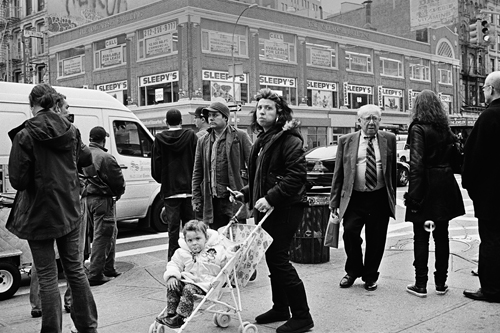
photo: ©Graeme Mitchell 2008.
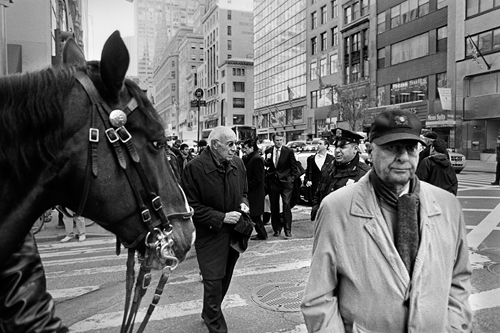
photo: ©Graeme Mitchell 2008.
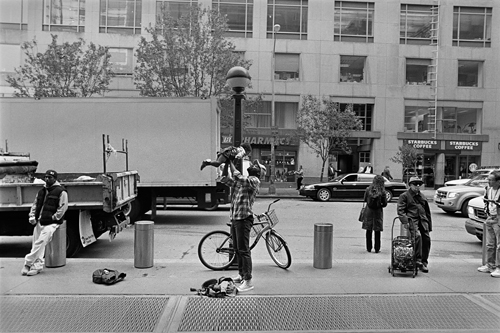
photo: ©Graeme Mitchell 2008.
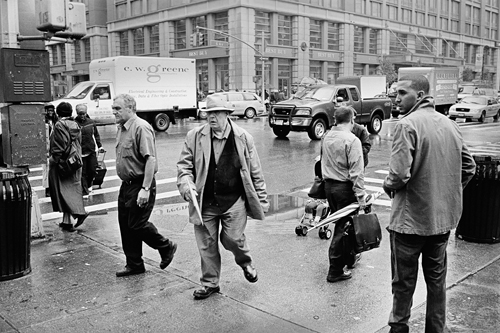
photo: ©Graeme Mitchell 2008.
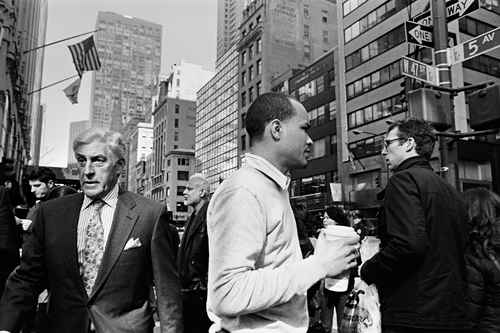
photo: ©Graeme Mitchell 2008.

photo: ©Graeme Mitchell 2008.
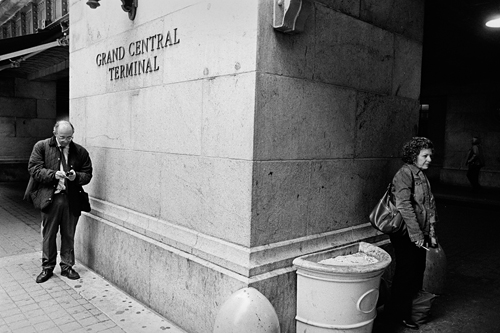
photo: ©Graeme Mitchell 2008.
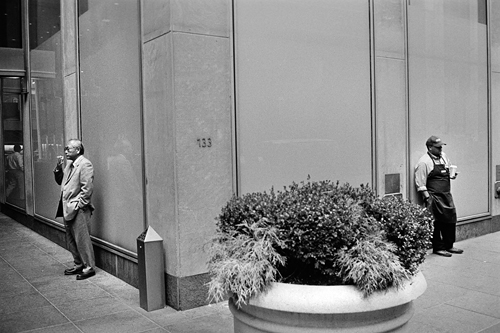
photo: ©Graeme Mitchell 2008.
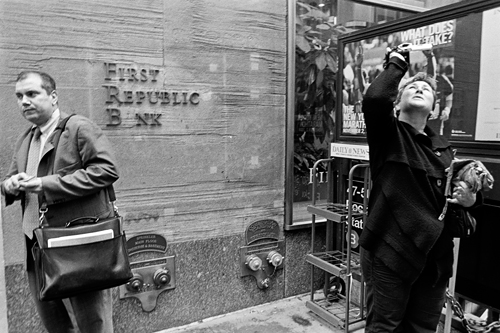
photo: ©Graeme Mitchell 2008.
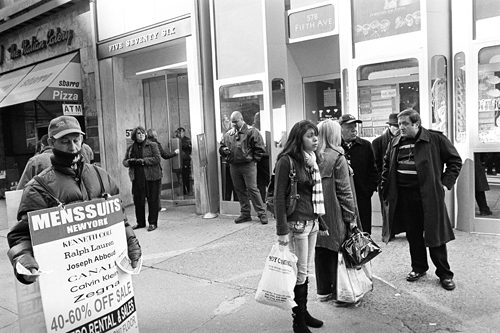
photo: ©Graeme Mitchell 2008.
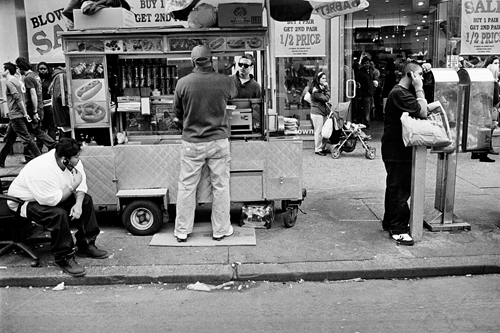
photo: ©Graeme Mitchell 2008.
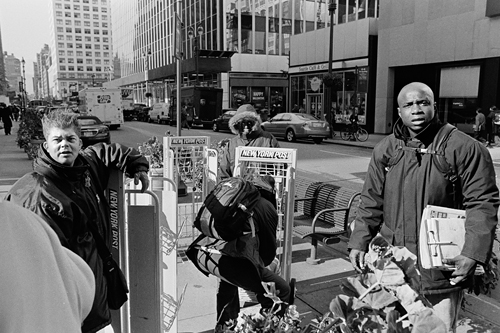
photo: ©Graeme Mitchell 2008.
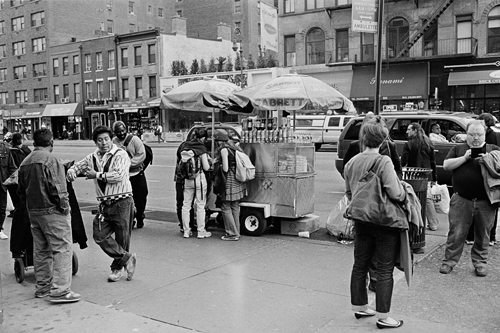
photo: ©Graeme Mitchell 2008.
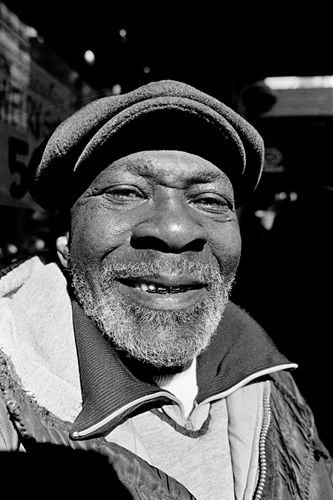
photo: ©Graeme Mitchell 2008.
Things have been slow here b/c I was knocked flat down by the flu for nearly a week. Just shook the last remnants. Getting back to it.
So, to begin, last night I went to the Aperture Gallery for an opening for Luigi Ghirri, an Italian photographer who worked in color, sort of along the lines of Eggleston and Parr, or even Shore and his likes, but Ghirri’s work has a succinct surreal and meta-fictional-layered-realities-thing going on that really pulls you in and spins you around. I was rubbing my eyes like I was in a house of mirrors. A few people commented on how this surrealism was specifically European – and I agreed that an American couldn’t have done it so effortlessly and authentically, not without heavy irony (or tackiness), maybe this is b/c Europe’s heritage lies in all the old ideas of painting, while America’s photographic sensibility lies in Realism…
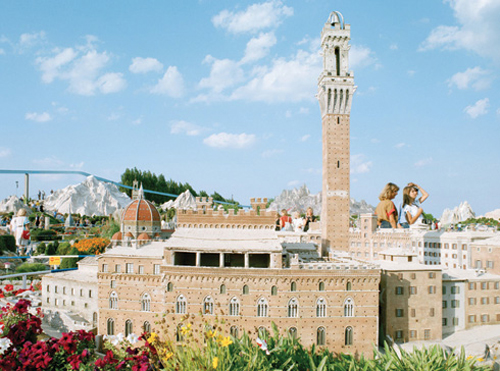
photo: “Rimimi,†1985, from Paesaggio Italiano. ©Luigi Ghirri.

photo: “Rome,†1979, from Diaframma. ©Luigi Ghirri.
After that we headed to a film, Let the Right One In; well, it’s literally a Swedish vampire movie, but I thought it was much more of a love story. Really really worth finding and seeing. There’s an American remake coming out soon, but how anyone could possibly remake this…I mean even the Swedish language seems perfect for the film. One of the better films I’ve seen in awhile.
video: clip from Let the Right One In
(Update: I went back and specified above “America’s photographic sensibility”, adding photographic, b/c I wasn’t clear to begin with that I’m talking specifically photography. Sparked b/c I had a long winded discussion with a friend who argued about my suggesting that there was different sensibilities in different cultures/countries, as I recently made a similar comment in a post on Japanese photogaphy. They seemed to take it as sort of jab at their patriotism, which is not what I meant at all…admittingly, I don’t often do an excellent job of speaking my mind and keeping my foot out of my mouth, but I’ll stand by this comment…even though generalizations are meant to be over a beer at the bar top b/c exceptions are always rife. In this case, after I told my friend I was talking only photography, they simply said, Dusseldorf school and Germany. …Point taken. But still, look at Ghirri’s book. Then look at Eggleston’s (they’re compared and Eggleston writes the forward to Ghirri’s book). It’s like speaking Italian and then speaking colloquial-american-english. What do you think out there in internets land?)

















